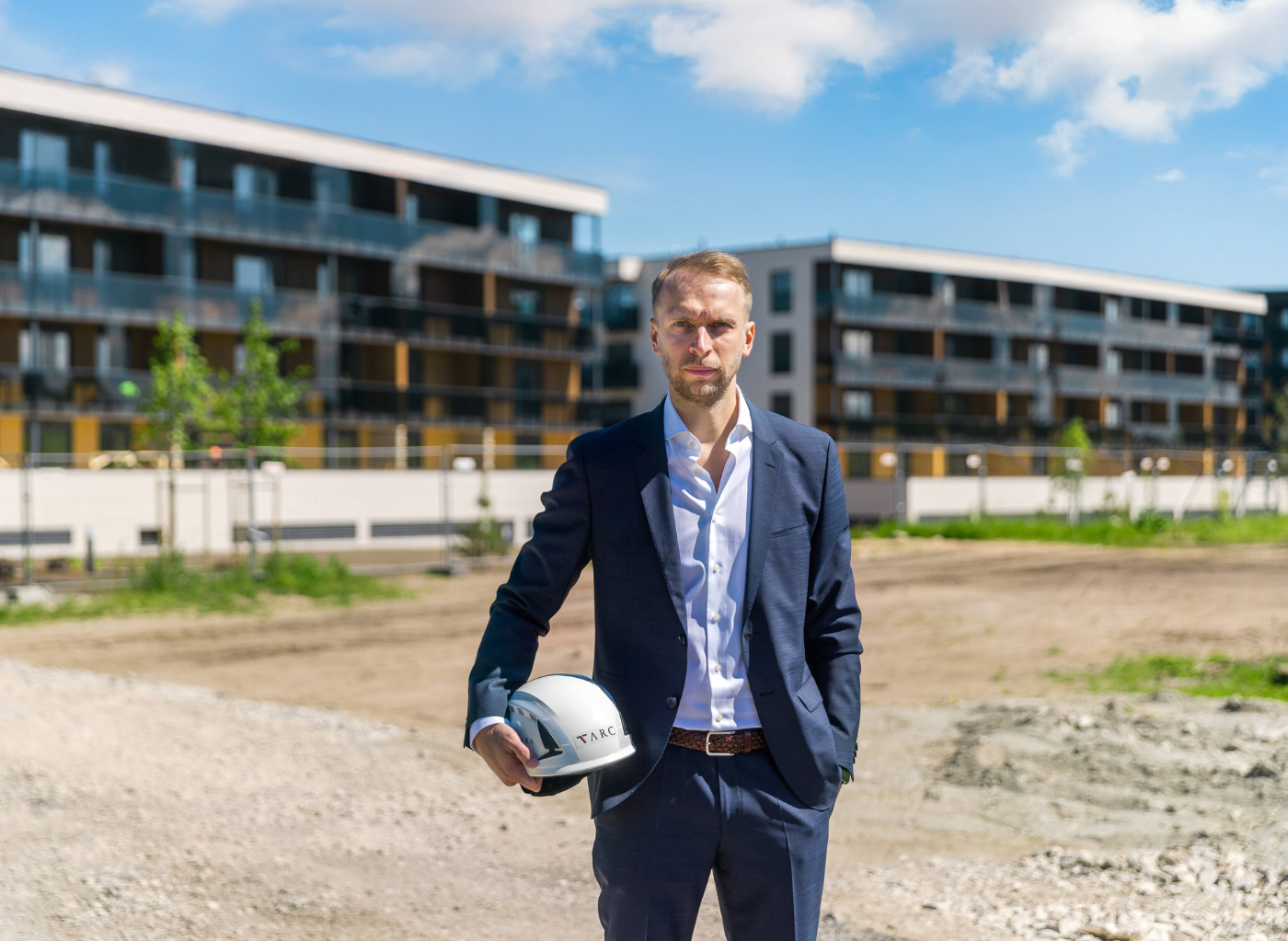
What should you consider when buying a new home?
Design defects, subsidence and noise are examples of the challenges that new home buyers can face. But how, for example, can you assess the construction quality of an apartment when choosing it to avoid problems later on? Lauri Männiste, head of construction company Arco Tarc, shares his advice on which construction quality nuances to look out for when buying a new home.
According to Männiste, quality assurance in the construction industry is not a one-off activity, but starts with the planning of works and the selection of suppliers and partners. “Quality control is a very systematic activity that takes place at many different levels – subcontractor, general contractor, supervision. It’s like a sieve with different layers, and the end result must be that no major defects get through,” explains the construction company’s manager, adding that a systematic approach ensures that the final result is both aesthetically pleasing and durable.
It all starts at the design level
Männiste believes that the involvement of a construction company in the design process is important to ensure the durability and future-proofing of buildings, as it brings in practical experience and knowledge. “It is important to focus not only on the appearance of the building, but also on how it will be maintained over the years,” Männiste stresses the importance of involving the builder right from the planning and design phases.
Talking about the technologies and materials used in construction, he points out that innovation and modern design are important, but durability and functionality are even more important, as it is the quality of construction that will have a major impact on the need to repair or renovate buildings in the long term. “Increasingly, timber is being used on building facades, but often it is not properly treated or used in the wrong place. As well as losing aesthetic appeal, this results in high management and maintenance costs for the building owner,” he explains. “Some products or materials simply have a longer lifespan than others. Plaster facades and plastic windows are more likely to need renewing sooner than stone facades and wood-aluminium windows,” Männiste gives examples of the difference in materials.
The head of Arco Tarc believes that you have to build as if you were building for yourself. “Since many Arco Vara employees have bought apartments in our developments, we can practice this idea on ourselves on a daily basis,” he says.
How to prevent typical problems as a home buyer?
Männiste says that, from the perspective of home buyers, the most common problems arise as a result of the adaptation of the building and its structures. These faults, such as small cracks and the need to adjust doors and windows, manifest themselves within one to two years of use and are covered by a warranty. “In order to prevent such faults, the right technologies must be used already in the construction process and the right conditions, such as appropriate humidity and temperature, must be ensured both during construction and during the use of the building,” he explains.
Other types of problems that home buyers face are various design faults or breakdowns, such as leaks, which in turn can cause serious damage. “It is precisely these unexpected problems that systematic checks during construction can help prevent,” says Männiste.
Noise and acoustic comfort in an apartment building are also important factors that home buyers should assess. Männiste points out that while building to standards – the requirement for 55dB of sound insulation between apartments – does not necessarily mean total noise immunity, informed choices can be made at the design and construction level to improve sound insulation. “In recent developments, we have deliberately designed the boundaries a few decibels higher to provide a better outcome for the client,” he gives an example.
As it is difficult to assess the construction quality of an apartment based on visual inspection alone, Männiste recommends that home buyers do a thorough background check on both the developer and the builder to understand the previous projects and quality of both. “It’s difficult for an outsider to judge the quality of a building – you need to be a specialist or be present during the process. However, it is possible to check very thoroughly everything inside the apartment – the quality of the finish, how the technical systems work and what’s behind the suspended ceilings.” he shares his advice.
Efficiency and sustainability describe the future of the construction sector
According to the head of Arco Tarc, the rising cost of labour makes it increasingly important to find ways to make construction more efficient. “Efficiency is being sought in factory-based production, and digitalisation has introduced new ways of working in design and construction management,” explains Männiste. “Also, modelling programmes do a great job of identifying errors and make it easy to process all the project information,” he adds.
Globally, ways are being sought to limit the use of building materials with a higher carbon footprint, and as new construction will not become cheaper, Männiste sees more renovation in the future. “Various regulations are restricting the use of energy-intensive building materials and favouring renewable and recyclable materials such as wood,” he notes.
Measuring the carbon footprint of buildings will also become mandatory, which will help developers of climate impact analyses of new buildings to better understand and reduce their environmental impact. “The Rannakalda development was one of the first projects in Estonia where such a calculation was carried out,” says the head of Arco Tarc. The results of a carbon footprint study based on data from the Rannakalda new development in the Kodulahe quarter on the Stroomi waterfront showed that the largest climate impact comes from the building’s in-use energy (57%), followed by the production of building materials (33%).

